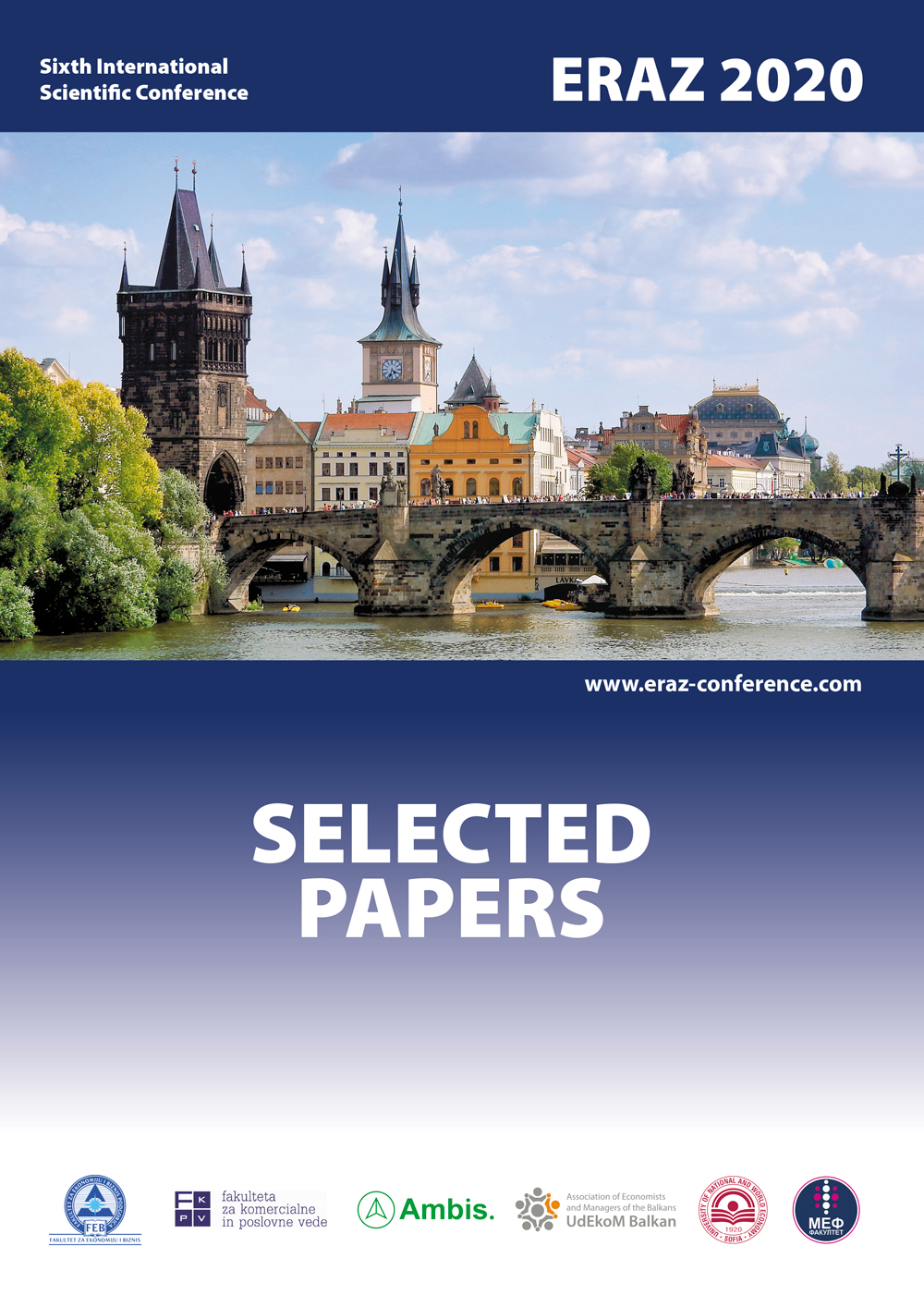MODELING OF COVID-19 PANDEMIC INDICES AND THEIR RELATIONSHIPS WITH SOCIO-ECONOMIC INDICATORS
MODELING OF COVID-19 PANDEMIC INDICES AND THEIR RELATIONSHIPS WITH SOCIO-ECONOMIC INDICATORS
Author(s): Mikhalil Pamazanov
Subject(s): Social Sciences, Economy
Published by: Udruženje ekonomista i menadžera Balkana
Keywords: COVID-19; Pandemic; Modeling; Socio-economic indicators
Summary/Abstract: This paper presents non-classical models for estimating and forecasting COVID-19 pandemic indices. These models have been successfully tested on country data where the pandemic is nearing completion. In particular, an effective algorithm for mortality index evaluation is also presented. This index is usually replaced by more simple estimates such as, for instance, „the number of deaths divided by the number of infected”; however, while the virus is at the stage of its rapid distribution, such superficial approaches are incorrect. Model indicators of the infection itself allow us to predict not only the apogee of the epidemic and the end of the quarantine period, but also the maximum number of infected people in some country (continent) during the height of the epidemic. The second part of the paper is devoted to an attempt to build regression models to explain (with using 100+ country socio-economic indicators taken from the World Bank data) the behavior of the epidemic spread indices. It is shown that the maximum number of infected people in the country is well predicted (R-square is close to 90%); and, moreover, migration indicators and the number of international air take-offs are effective regressors. Other indicators, for example, the mortality index, are difficultly modeled; nevertheless, it has a significant relationship with socio-economic factors. The presented paper might be valuable for making effective decisions to forestall some future pandemics or even the „second wave” of COVID-19.
Book: ERAZ 2020 / 6 - Knowledge-Based Sustainable Development – SELECTED PAPERS
- Page Range: 11-24
- Page Count: 11
- Publication Year: 2020
- Language: English
- Content File-PDF

